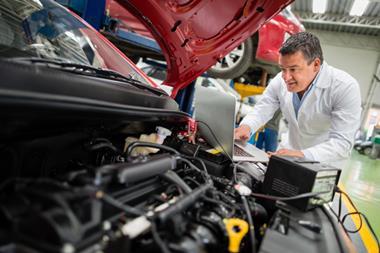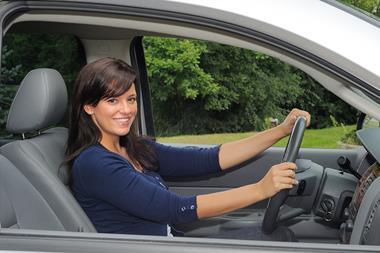But motor brokers speaking at the Insurance Times Broking in the Motor Revolution conference added that the technology could help reduce loss ratios in the commercial market

Telematics is failing to prove value for money across the personal lines motor market, according to speakers at the Insurance Times Broking In The Motor Revolution conference.
Broking panelists taking part in a discussion about the future of the motor broker told delegates that there wasn’t enough of a price disparity in personal lines premiums between cars that were fitted with devices and those without.
Sure Thing chief executive Brendan Devine said: “If the market moves to a point where there is a huge disparity and there is a real win for the customer then yes.
“As a consumer you want the best price for yourself – reducing the likelihood of killing someone is not the first think you think of when you are buying a policy.”
“The amount of time and effort the insurance companies spend on talking and developing things on telematics – it is just not there yet.”
Be Wiser chief executive Mark Bower-Dyke said that too much data could also limit the ability of companies to understand how to price the risks accurately.
“You can get blinded by the volume of data. Some of it is really important but in some cases the amount of data you can find is still limited.”
The panelists added that the use of telematics was being pushed more from an insurer’s “point of view” rather than the consumer.
Bollington Group managing director Chris Patterson said that in the commercial market new carriers also often insisted on telematics devices being fitted into taxi vehicles.
Patterson said: “Capacity [in the taxi sector] has always been tight and sought after. A lot of the carriers coming unto the market do insist on cameras being fitted.
“It’s down to the attitude of the taxi driver – it has been in place for the last two three years – they are getting used to these requirements.”
But he added that telematics could help to reduce loss ratios in motor fleet where it was part of a wider risk management package.
“For larger fleets it could be used to manage fuel which is your biggest expense, route planning, seeing where your staff are and managing claims.
“There is an expectation from underwriters they want to reduce risks, and risk management is key; it could be driver training, telemetry or cameras being fitted.”






































No comments yet